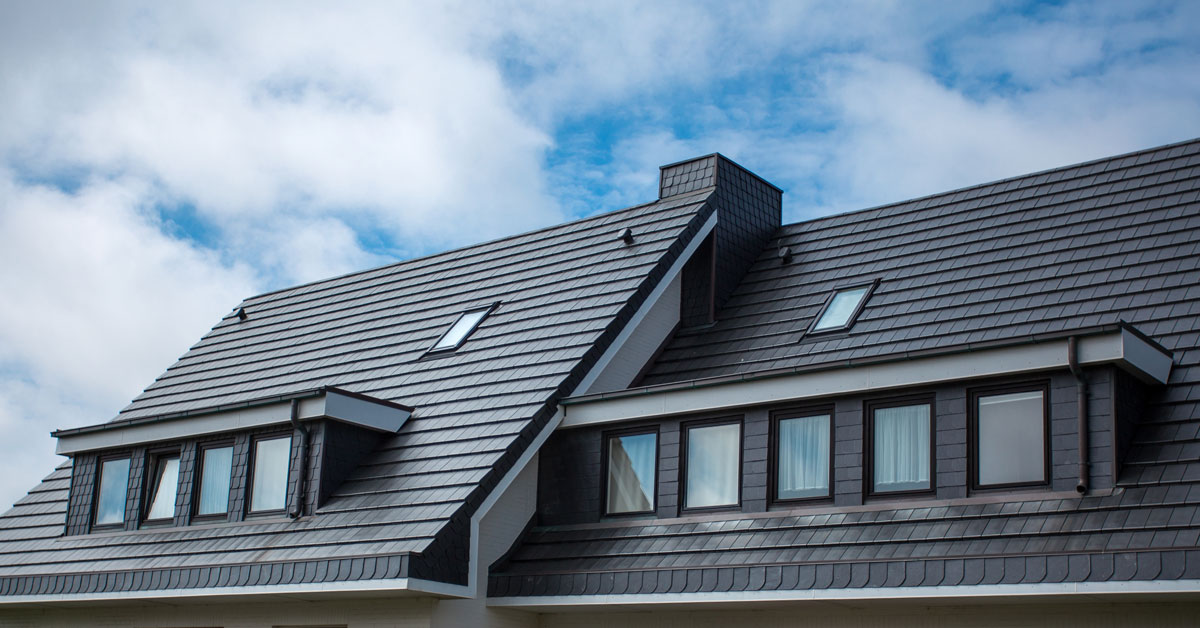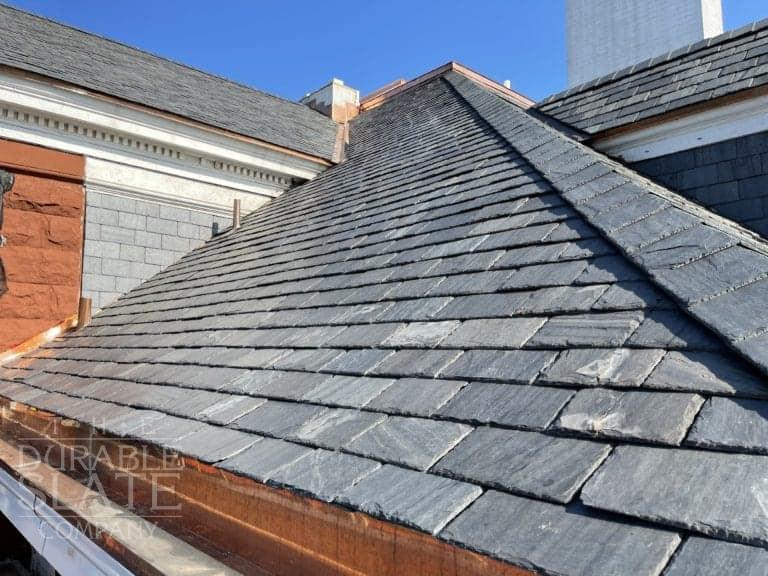Best Practices for Ensuring Correct Roof Air Flow
A well balanced intake and exhaust vent proportion, generally 1:300, plays an essential function, with consumption vents preferably placed at the reduced edge of the roofing system for great air entrance and exhaust vents at the top for warm air exit. Keeping insulation away from vents is crucial to stop air movement constraint.
Understand Air Flow Fundamentals
Correctly recognizing air flow fundamentals is vital for ensuring the longevity and efficiency of roof. Effective ventilation alleviates moisture build-up and temperature extremes in the attic, both of which can cause substantial architectural damages with time. A well-ventilated roof covering aids in preventing common issues such as mold growth, wood rot, and ice dams, which can compromise the integrity of the roofing products and the underlying frameworks.
The key objective of air flow is to facilitate the movement of air, allowing for a consistent exchange between the indoor and outdoor atmospheres. This equilibrium is attained via a mix of consumption and exhaust vents that work together to preserve optimum airflow. Consumption vents, usually situated along the soffits or eaves, permit fresh air to enter the attic room room, while exhaust vents, often positioned at or near the roofing ridge, enable warm, damp air to run away.
Key factors affecting the efficiency of roof air flow include appropriate placement, adequate sizing, and making sure that both consumption and exhaust vents are unblocked. Regular inspection and maintenance are essential to recognize prospective obstructions, damage, or inadequacies in the air flow system, therefore securing the roof's efficiency and toughness.
Kinds Of Roof Covering Vents
Roofing vents play an essential duty in preserving effective attic ventilation and, by expansion, the total health and wellness of the roof covering system. Various kinds of roofing system vents are offered, each with special benefits tailored to certain roof demands. Ridge vents, for example, are installed along the roof's height, allowing cozy, moist air to leave from the attic room. They supply continual ventilation and blend flawlessly with the roofline, making them both reliable and aesthetically pleasing.

Soffit vents are mounted under the eaves and operate in tandem with roofing system vents to make certain a well balanced consumption and exhaust system. By enabling cooler air to get in from below, soffit vents promote the expulsion of hot air with top vents. Gable vents, located on the exterior wall surfaces of the attic, offer an additional efficient solution, especially in homes with saddleback roofs.
Assess Your Current Ventilation

Next, think about the age and condition of your roof covering materials and air flow components. Older systems might not follow present building ordinance or might have degraded with time, minimizing official source their efficiency. Conduct a comprehensive examination to identify any kind of signs of deterioration, such as corrosion, damages, or spaces that could compromise the system's performance.
Additionally, determine the attic room temperature level and humidity degrees. Heats and humidity can show insufficient air flow - gainesville roofing companies. Make use of a hygrometer and thermometer to obtain exact readings, contrasting them with exterior conditions. Consistent discrepancies suggest possible issues that need resolving.
Installment Best Practices
Effective setup of roof covering air flow systems is critical for making certain optimum performance and durability. Appropriate installment starts with comprehending the certain air flow demands of the building and the roofing it covers. This entails computing the proper ratio of consumption to wear down vents, normally adhering to the 1:300 regulation, which specifies one square foot of ventilation for every 300 square feet of attic floor space.

Intake vents must be installed at the roofing system's reduced side, often in the soffits, to enable trendy air to get in. Exhaust vents, on the other hand, must be mounted near or at the roof's peak to assist in the leave of cozy, damp air.
Seal all vent connections thoroughly to avoid air leakages and potential water infiltration. Use premium materials and comply with maker standards to make sure resilience and efficiency. Furthermore, incorporating ridge vents with baffles can dramatically boost airflow performance by protecting against wind-driven rainfall and snow from entering the attic room.
Eventually, accurate setup of roof air flow systems minimizes possible concerns such as mold and mildew growth, ice dams, and architectural damages, making certain the roof covering's stability and the building's general wellness.
Routine Maintenance Tips
Uniformity in maintenance practices is basic to making sure the long-term effectiveness of roofing air flow systems. Throughout these inspections, make certain that vents are totally free of debris, nests, and other blockages that might impede air flow.
Utilize a soft brush or a vacuum cleaner to remove dirt and debris Learn More from consumption and exhaust vents. Be cautious not to damage the air vent screens or louvers throughout the process.
Proper insulation is similarly important. Guarantee that attic room insulation does not obstruct the vents, as this can seriously limit air movement. If any kind of insulation has actually shifted or worked out, rearrange or change it to keep an effective barrier.
Finally, replace any damaged or missing out on elements quickly. Damaged vents, split roof shingles, or deteriorated blinking can all add to insufficient air flow and should be dealt with right away. Regular upkeep makes certain that the roof covering air flow system functions efficiently, consequently prolonging the life-span of the roofing itself.
Conclusion
Making sure proper roofing air flow is vital for keeping the effectiveness and resilience of a roof. Adherence to the 1:300 consumption and exhaust vent proportion, paired with the strategic positioning of vents, is crucial. Normal biannual inspections, particles cleaning, and guaranteeing insulation does not block air flow are vital practices. Applying these finest practices will certainly promote a well-ventilated roof, therefore reducing potential concerns associated to moisture buildup and extreme heat, inevitably extending the roof's life-span.
A well balanced intake and exhaust vent proportion, i was reading this commonly 1:300, plays a crucial role, with consumption vents preferably placed at the reduced edge of the roof covering for trendy air entry and exhaust vents at the optimal for warm air leave. Consumption vents, usually situated along the eaves or soffits, allow fresh air to enter the attic room room, while exhaust vents, frequently situated at or near the roofing ridge, make it possible for hot, damp air to leave.
Soffit vents are set up under the eaves and job in tandem with roof vents to guarantee a well balanced intake and exhaust system. By enabling cooler air to go into from below, soffit vents promote the expulsion of hot air via top vents. Adherence to the 1:300 intake and exhaust vent proportion, coupled with the calculated positioning of vents, is crucial.